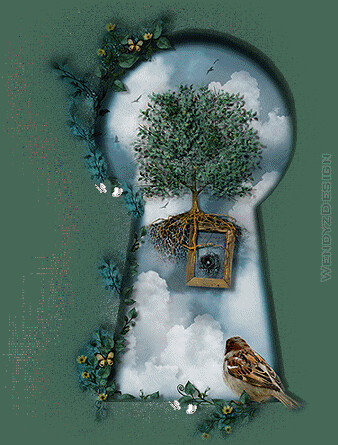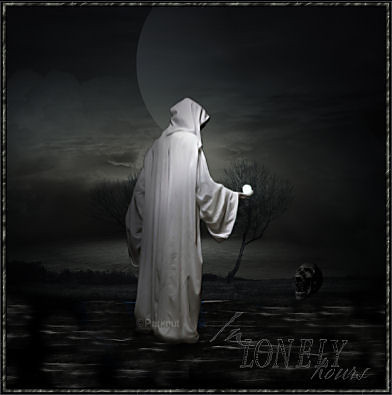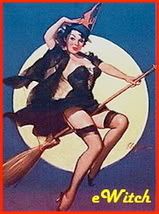
I think most pagans tend to be very aware of how our ancient traditions have been ‘adopted’ by mainstream Christianity or even secularized as common traditions. Halloween and Christmas are both rife with pagan tradition and ritual as, I’m sure you are all aware, is Easter. Or as modern pagans call it, Ostara. And yet, as educated and knowledgeable as we are, I think it can be difficult for us, coming back to Pagan traditions as many of us are from our secular or Christianized upbringings, to identify with the heart of our traditions.
For example, I grew up with a mostly secularized Easter. My brother and I dyed and hunted for pastel colored eggs, overdosed on chocolate eggs and bunnies, and then feasted with our families without giving it a second thought. As an adult, I am much more concerned with understanding the reasons ‘why’ of these rituals. I've always had a hard time relating to Ostara; I found it difficult to identify what was really important, all those pink and blue eggs and chocolate bunnies kept getting in my way - what did they have to do with spring? And what's all the concern with the light of Spring anyway? Ostara seemed dated and unimportant to me, nothing more than a holiday for children, whatever the source.
However, in researching this article, I was reminded of some things that helped put my heart back on track.
The word Ostara actually only dates back to the early to mid 1800's, specifically to Jacob Grimm (you may know him as one of the Brothers Grimm, early folklorists who wrote down and published what the they thought were ancient traditional German fairy tales.) Ostara is Jacob Grimm’s Germanic reconstruction of a very early Saxon Goddess, Eostre or Eastre. According to Saint Bede, who was a well known scholar and historian of the seventh century, this Goddess was so important that the entire Anglo Saxon month of April was named after her: Eostur- monath. Because her month was so important to Anglo Saxon culture, it was deemed easier for the Church to absorb it and adopt it than root it out!
According to Bede, Eostre was the Goddess of the dawn, and her festival celebrated the rebirth of the Earth from the darkness of winter into the light of spring. The ancient Saxons and British believed that Hares brought her lights (the first rays of dawn) all over the Earth. Further, proof of the rebirth of the world was found in the new growth of spring, and the mating of all creatures. In this aspect, Eostre is a fertility Goddess, linked to pleasure, love, and fecundity. The Hare, as an especially fertile beast, is sacred to her.
Eggs have symbolized rebirth for many Western cultures for time out of mind. There is no direct anthropological evidence connecting Eostre to eggs, but it is easy to make an intuitive leap, based on the predominance of the egg as a Sun symbol, not just for Christians and in the Judaic Passover feast. The ancient Zoroastrians decorated eggs for their Spring Equinox rituals. In the Northern cultures of Saxons and Celts, where the darkness lasts for so long, the yolk of a fresh egg would become a bright image of the Sun, reborn. And the egg as a symbol of fertility is well known, a stronger link to Eostre, ancient Goddess of fertility.
We can only imagine what our long ago ancestors experienced, after months of terrible cold and darkness, and hunger never very far away, with out the scientific knowledge that the sun would absolutely rise again to warm and feed them. What a moment of intense joy and hope they must have felt, on the dawn of the Spring Equinox, to know that once more, thank Eostre, the light had won again and darkness had been vanquished for another year.
As thinking, educated, brilliant young Pagans, we know the Sun will rise, that Spring will come, that the Earth revolves around the Sun, and not the other way around. This is an age of Scientific fact. That moment of hope and joy that the Sun has not forsaken us is hard for us to come by - fact can trump faith in the rational mind. And yet there is an aspect of our world that does not belong to the realm of Science: the heart and soul. It is possible for our hearts to lie in a darkness, at winter or at any other time. At this Ostara festival, then, I will thank Eostre for the dawn of hope, for the ritual of spiritual rebirth that allows us to throw off a cloak of pessimism, of sadness, of loss or lack of love, on this Spring Equinox or any time. I will thank Her for the gifts of new shoots and baby animals, as well as for the thawing of my heart in the face of love.






































